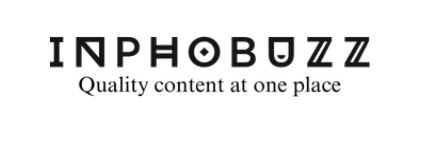Part 1: Experience plan
|
|
|
Date
implemented - --/--/-- |
|
|
Children
- Lily (3 years old toddler), with two other children in the group, they can learn in a friendly communicative environment |
|
|
1.
Title
& brief description The surprise package of Genuine goods If possible, I would include a variety of English plastic toys or pictures of English foods like egg roast meats, flatbreads, dolmans, chickpeas, butter, olives, and so forth in the surprise gift. I would also invite kids to the book corner during indoor free play time to watch. |
|
|
2.
Source
|
Reason or explanation
(rationale based on
Oral Language Research) English is not Lily's first language. The staff member claimed that despite having lived in the neighbourhood for a while, he hardly ever plays or interacts with other residents. While learning a language, it is crucial to involve toddlers in developmental activities (McIntyre et al., 2018, p. 4). I) EYLF Connections that are secure, safe, courteous, and proportionate ii) EYLF Diversity Respect |
|
3. Learning priorities that support oral
language development Personal
communication on both a verbal and nonverbal level will be available (Lederberg
et al., 2019, p. 3).
· Join forces with me and the other kids to identify and talk about specific meals that are served in peculiar containers. (EYLF outcomes 2 and 5) · To carry confidence and good fortune throughout the interaction. (EYLF outcomes 1,
2, and 3) |
|
|
4.
Materials & set up (Where,
when, what, supervision, guidance & limits, health & safety - Provide
a photo or diagram of the set up) a) A bundle of
surprises b) 900 English
plastic food items or photographs of food sources on the web c) When playing
indoors in the morning, have a positive area, and set up a reading nook or similar quiet area. d) Then, add plastic food or photos to the emotional play area. |
|
|
5. Procedure &
strategies (including
specific ways the activity supports oral language development and how you
will use the resources to explore Blank’s Level of Talk) EYLF:
Including Child Friendly and Social Skills -
Blank’s Level of Talk Encourage them to watch the movie by displaying the surprise bag to them. "I keep wanting to know what's inside. For the toddlers' own perception of language and learning, participation is crucial (Ewing et al., 2016, p. 4).
Again, there is a question, “Can you assist me in determining this?
"Anytime? Request that each lucky youngster dip a plastic image or food
item into the bag. "God, what is this?" Demands that, if they are unsure, learners provide food sources for various children. Encourage and foster each reaction the learner makes, including nonverbal ones. Once the child loses interest, keep testing until all items in the bag have been taken out and named. Let's examine whether we ought to include food or pictures in the house corner last. |
|
|
6. Theoretical and
EYLF links Lily and Amman are excited as they approach the book's missing corner. Lily initially gave off the impression of being modest, but she was able to remove a few dolmans. She
was energised after hearing him exclaim, "dolmans, I love it." Lily
exclaims, "Oh God, what can I do without olives?" Trace an image of
some olives. My father is eating.. (signals used and an English word). I
attempted to rehash from (to no avail). Thus, the procedure was carried out once more until each photo emerged from the bag. Each meal was given an English name by Lily. She occasionally repeats my English pronunciation of each name. Try rephrasing a few English sentences. Girls converse with one another and with me. Every time I offered to hang some pictures on the partition in the corner, the two little ones would play tricks on me. Then I overheard the father of another set of kids speaking. "Lily can talk, but she only says fascinating things." EYLF Links O3 O5 |
|
|
References
|
|





0 Comments
If you have any suggestions, please comment